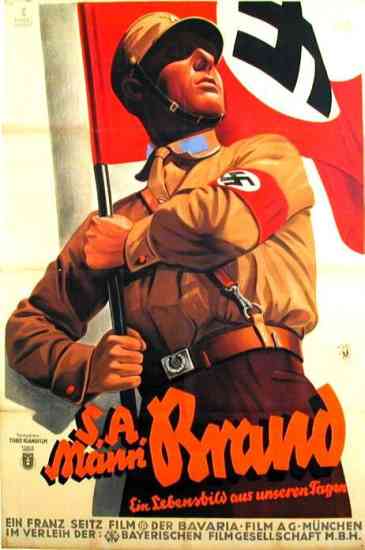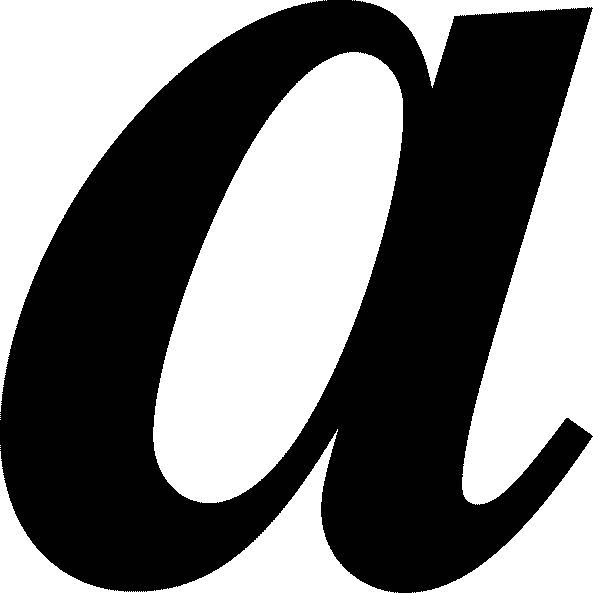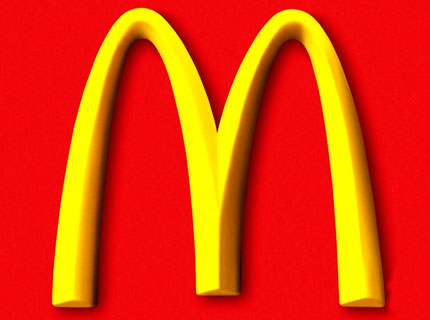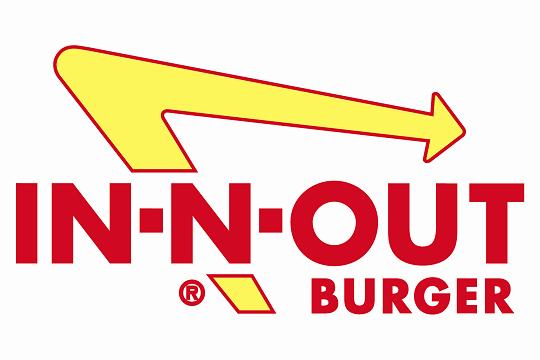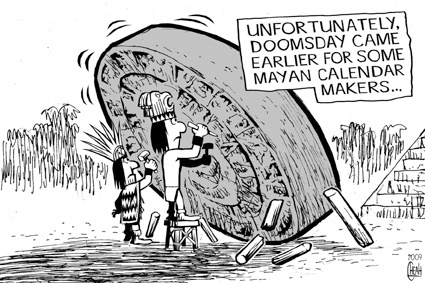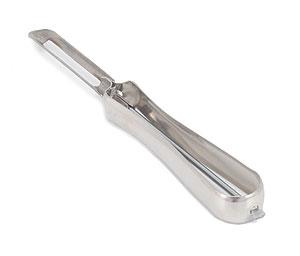*Photo from ApartmentTherapy.com
The television has become the center point of modern living room feng shui. This tacky focal point is extremely common in American households. And yet, its tackiness rests out in the open. Televisions are not attractive and their function is shallow. In my opinion, televisions impair the aesthetic quality of a room. However, I believe there are possible ways to avoid detracting from the room’s attraction. For this, we will consider the problem and solutions in term of interior design and industrial design.
One solution, the interior design solution, is to obscures the TV from plain view. The most efficient means would be a media cabinet with closed doors. The cabinet would act as a piece of artwork that encases the television. Basically, not only would a cabinet hide the television; it would also add an extra element to the design of the room. Additionally, if a more attractive room is not enough incentive, a cabinet would also protect your expensive and fragile TV from dust and physical harm. It is difficult to say why this method is not often utilized. Possibly, it is because that many people tend to design their rooms themselves and lack the knowledge or physical ability to implement such a cabinet. Another possibility would be that it seems few carpenters/interior designers make cabinets that actually hide the television. Most media cabinets present the TV rather than mask it.
This cabinet hides the TV, it is unobtrusive and lightweight
Ballard Designs
http://www.ballarddesigns.com/Furniture/Armoires/TV-Armoires/Wexfield-FlatScreen-Wall-Cabinet/p/6438
This media station presents the TV in an obnoxious manner,
and unfortunately, these are the most common
From Quality Fit
http://www.qualityfit.co.uk/images/home_cinema/large/Walnut%20TV%20Cabinet.jpg
The second solution, which relies on industrial design, would be to alter the appearance of the television itself. Today, there are televisions less than an inch deep that can be hung on the wall, taking up as little space as possible. And yet, it is still a black box that the human eye cannot ignore. Changing the color, texture or shape of the TV could make a significant difference in the design of the room. Apple figured out computers look better with sleek white exteriors, but that revelation has failed to apply to televisions. Or the best solution may be to revert back to when televisions were made from wood. Older televisions used wood as to resemble actual furniture. With technology today, television can remain thin and lightweight, but nothing dictates the need for cheap, plastic exteriors.
While the weight and bulk of this TV is outdated, notice the accents
and drawers; a lot of attention went into the exterior design.
http://forums.xkcd.com/viewtopic.php?f=2&t=14367&start=640
I personally cannot see a concrete reason why televisions have lost their status as a piece of furniture, one that requires aesthetic appeal. Televisions can be viewed as an opportunity to add new features to the room while retaining their functionality. The consumer may choose to purchase a cabinet or the producer may choose to utilize better industrial design. However, though these solutions are possible now, I believe they will not seriously be addressed until television technology, or quality, has reached its peak.
